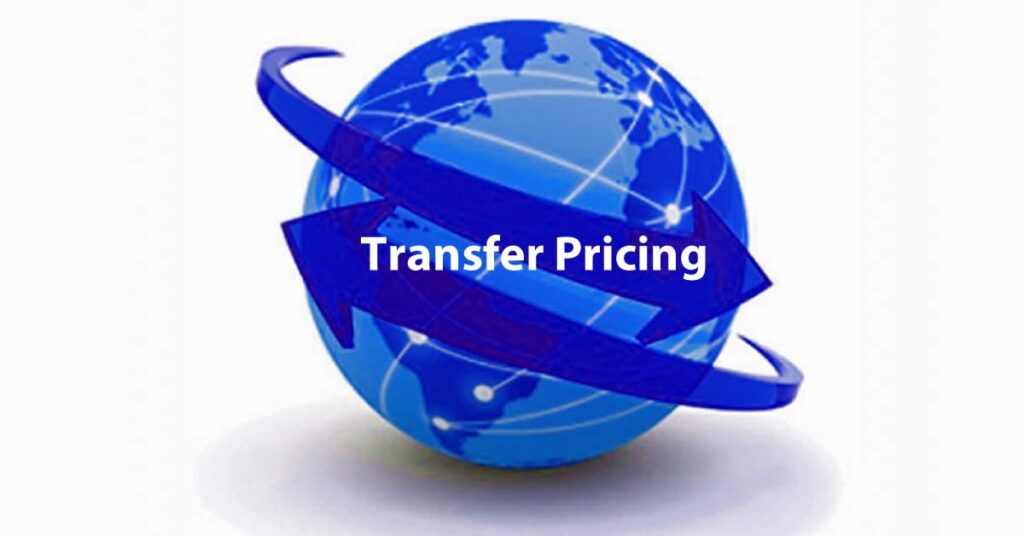Transfer pricing is an integral part of the financial and operational planning of any multinational enterprise; it requires setting a price at which transactions take place between different but related companies, such as a parent corporation and its subsidiary. If used judiciously, transfer pricing can help firms minimize their tax outflow, attract more favorable treatment under international regulations, and generally enhance financial performance. Below is a discussion of the main advantages associated with transfer pricing and how it can contribute to the effectiveness and profitability of the business on a worldwide basis:
Understanding Transfer Pricing and Its Relevance
Transfer pricing refers to the pricing of transactions between associated enterprises (AEs) within a multinational enterprise (MNE) operating across different countries.It applies to transactions involving goods or provision of services. For example, if a company based in India sells its products or services to its overseas subsidiary, the terms and conditions of this sale will be all about transfer pricing. And eventually, it will determine what the taxable income will be in both countries.
Transfer pricing is governed by a basic principle referring to the arm’s length standard, according to which an allocation for intercompany transactions should be identical to what it would have been in a transaction between independent entities under the same conditions. This principle must be followed to keep away from regulatory attention and consequent penalties.
Top Benefits of Transfer Pricing
1. Tax Optimization Across Jurisdictions
Transfer pricing allows companies to structure intercompany transactions to allocate profits to jurisdictions with favorable tax rates. This reduces the overall tax burden while adhering to legal frameworks, maximizing profitability for multinational corporations.
2. Enhanced Regulatory Compliance
Strict transfer pricing documentation, such as a well-prepared TP study report, helps businesses comply with local regulations, including India’s rigorous transfer pricing laws. This minimizes the risk of penalties and litigation during audits.
3. Mitigation of Double Taxation
Transfer pricing strategies help address double taxation risks that arise when two jurisdictions claim tax on the same income. Proper documentation and agreements align with double tax treaties to resolve such conflicts.
4. Improved Cash Flow Management
Effective transfer pricing facilitates efficient cash flow management within the corporate group. It optimizes the distribution of resources, enabling companies to reinvest profits or manage working capital effectively.
5. Strategic Valuation of Intangible Assets
Intangible assets, such as intellectual property, play a significant role in intercompany transactions. Accurate pricing ensures proper taxation of royalties, licenses, and related payments, enhancing cost efficiency and compliance.
6. Alignment of Business and Global Strategies
Transfer pricing aligns financial and operational strategies with corporate objectives. By strategically pricing intercompany transactions, businesses can allocate resources efficiently, support growth, and maintain global competitiveness.
7. Profit Reallocation for Efficiency
Reallocating profits among subsidiaries through strategic pricing enhances operational efficiency. This approach helps stabilize the business during economic downturns in specific regions, ensuring a balanced and resilient corporate structure.
8. Risk Management and Reduction of Tax Controversies
A robust transfer pricing policy reduces exposure to tax controversies. Detailed documentation and adherence to the arm’s length principle act as safeguards against disputes with tax authorities.
Best Practices for Leveraging Transfer Pricing
1. Comprehensive Documentation
Maintain detailed transfer pricing reports, including policies, transaction analysis, benchmarking studies, and pricing methodologies. This documentation serves as evidence of compliance during audits.
2. Engage in Strategic Tax Planning
Collaborate with professional advisors to structure transactions that optimize tax outcomes while ensuring compliance with local and international regulations.
3. Benchmarking Analysis
Regular benchmarking ensures that intercompany transactions meet the arm’s length standard, keeping businesses competitive and compliant.
4. Stay Updated with Regulations
Transfer pricing laws evolve frequently. Staying informed about regulatory changes is crucial for maintaining compliance and avoiding penalties.
5. Integrate Transfer Pricing into Business Strategy
View transfer pricing as a strategic tool rather than a compliance burden. Aligning it with corporate goals ensures effective international operations and long-term financial optimization
Conclusion
This financial and operational benefit is far more significant than mere tax optimization or meeting regulatory requirements. Properly developed and implemented strategic pricing methodologies, together with very solid documentation, help the company manage these risks as well as streamline global operations in a sustainable growth path. Effective implementation of transfer pricing strategies enables firms to remain competitive and effective within an increasingly integrated global economy.
For any multinational corporation, a successful positioning of intercompany pricing strategies within well-structured planning is the difference between effectively growing into new markets or making optimal use of operations in existing ones.
To ensure your business maximizes the benefits of transfer pricing while remaining fully compliant, consult our expert team for a tailored transfer pricing strategy. Contact us today for a comprehensive assessment.



